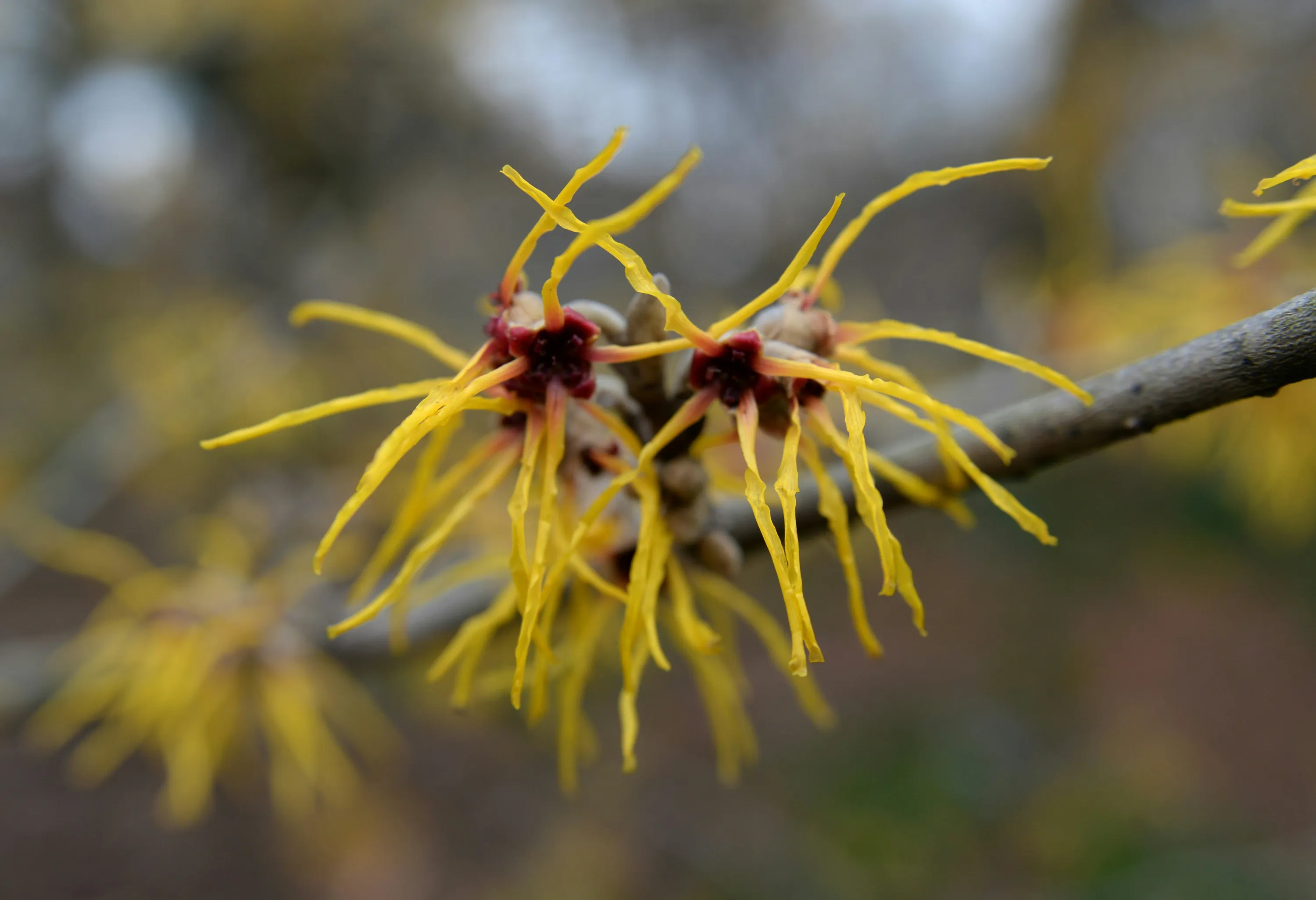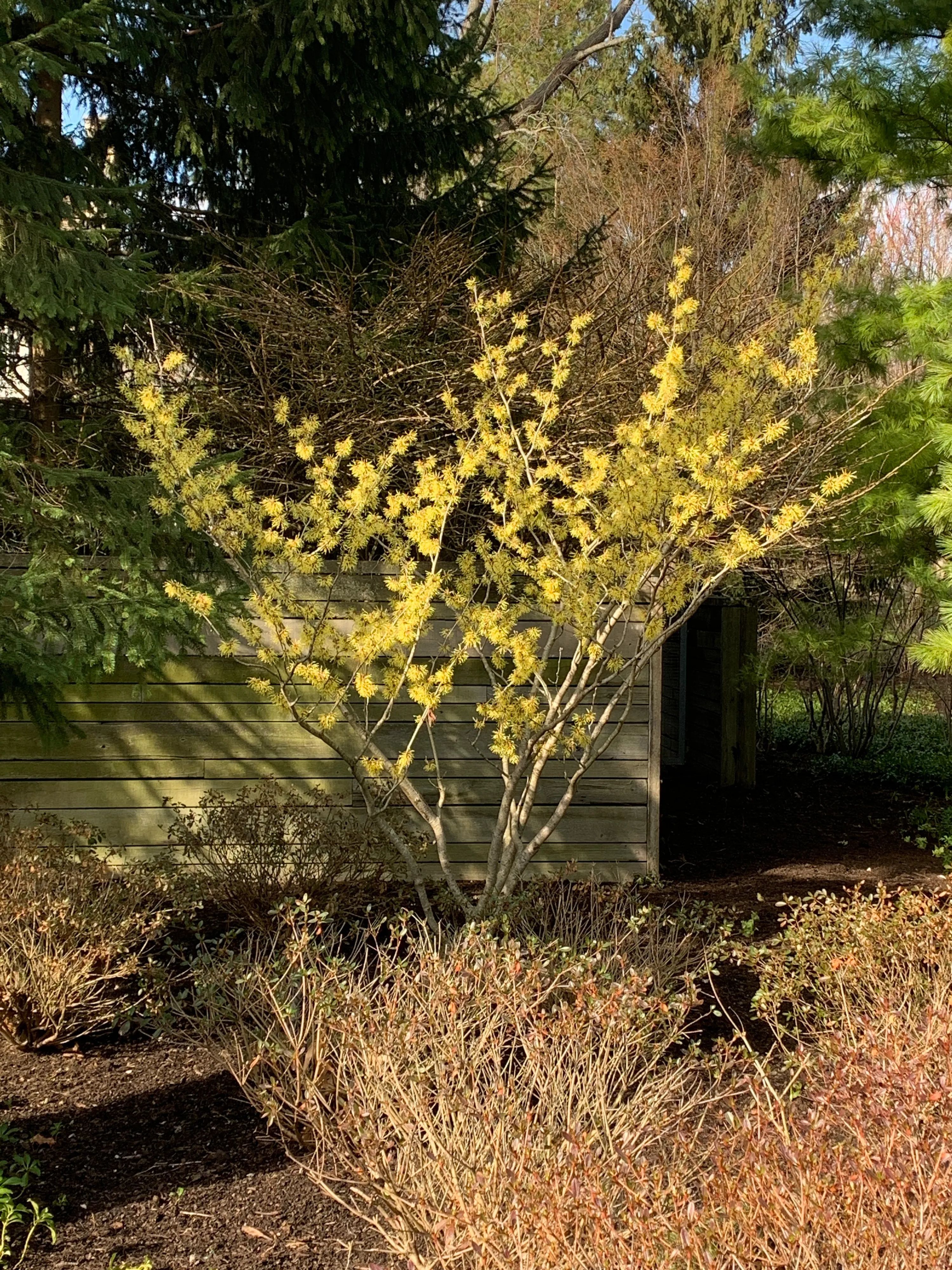These hardy, deciduous shrubs or small trees make a stunning addition to naturalized or woodland gardens. They thrive along woodland edges, showing resilience to both clay soils and shady environments. Their ability to withstand such conditions makes witch hazels not only aesthetically pleasing but also a practical choice for many gardeners.
The etymology of "Hamamelis" which means "together with fruit," offers a glimpse into the plant's unique lifecycle. It refers to the simultaneous appearance of flowers and the previous year’s mature fruit—a fascinating botanical trait. In fall, witch hazel seed capsules burst open with considerable force, flinging seeds up to 30 feet away, ensuring a wide dispersion and an impressive feat of natural engineering.
Beyond their ornamental appeal, witch hazels have a significant ecological role. Their nectar and seeds are vital food sources for wildlife, supporting biodiversity in their native habitats. Additionally, witch hazel's astringent and antiseptic qualities have been widely recognized for centuries, offering natural remedies for various skin conditions and maintaining a firm place in traditional medicine cabinets.
To explore more about witch hazels and their fascinating characteristics, check out the Chicago Botanic Garden fact sheet on Witch Hazel or the YouTube video What Did Arnold Promise?" Hamamelis by Tim Brotzman.



